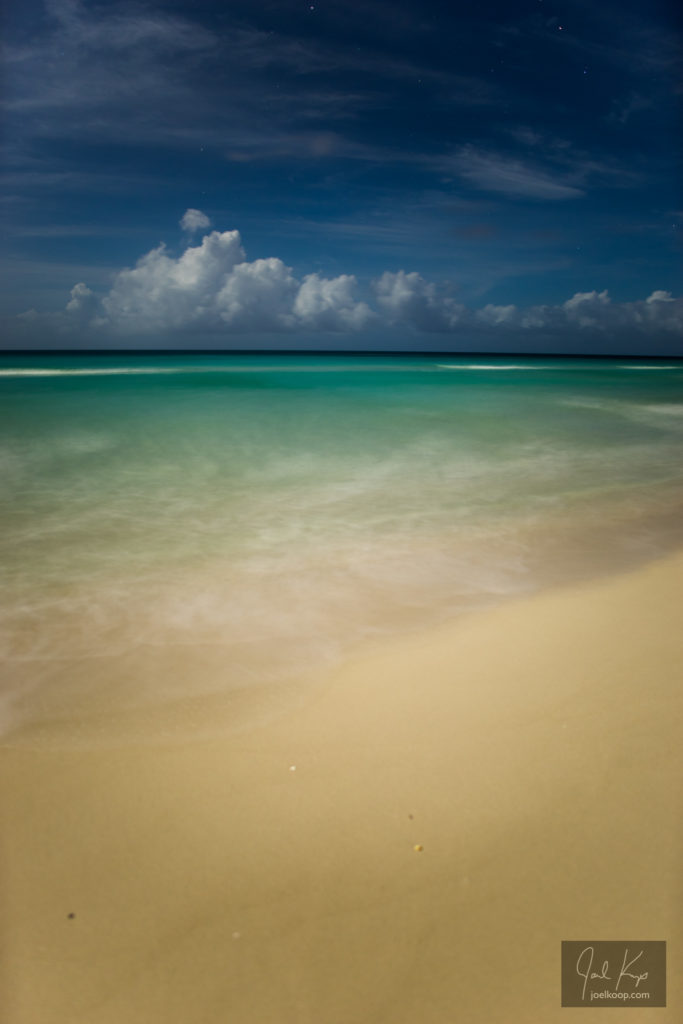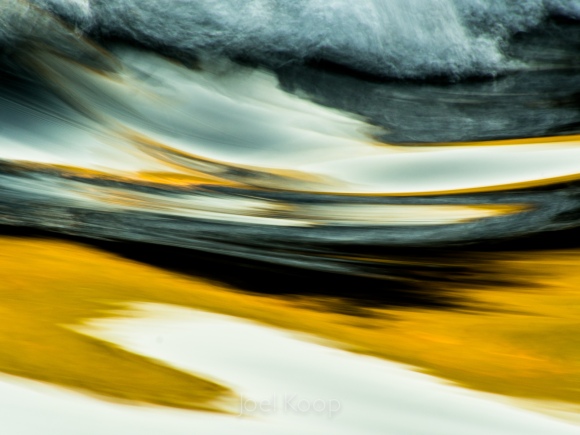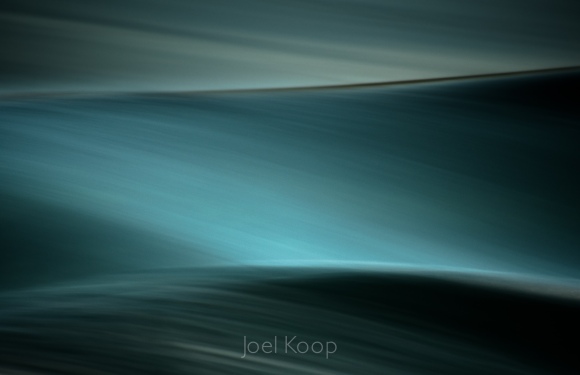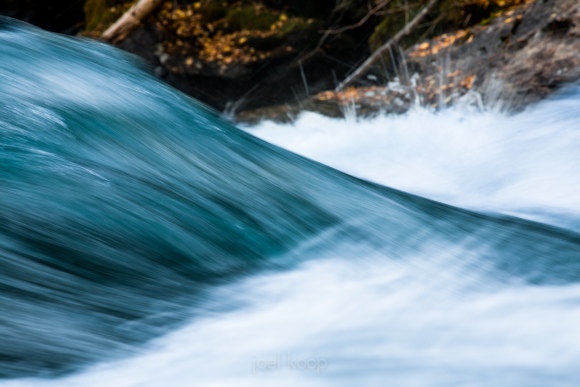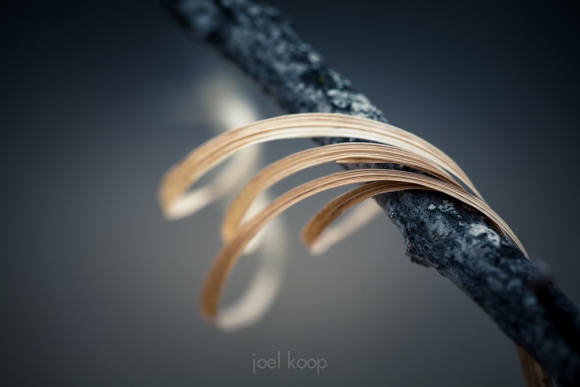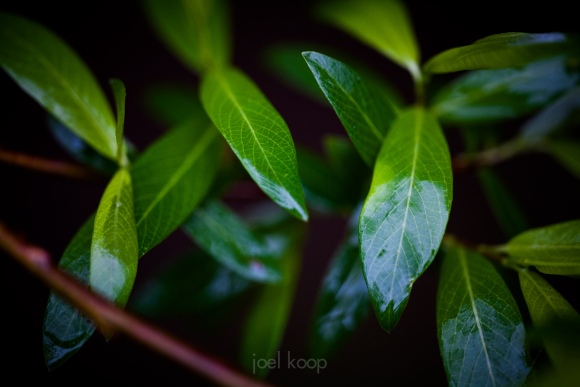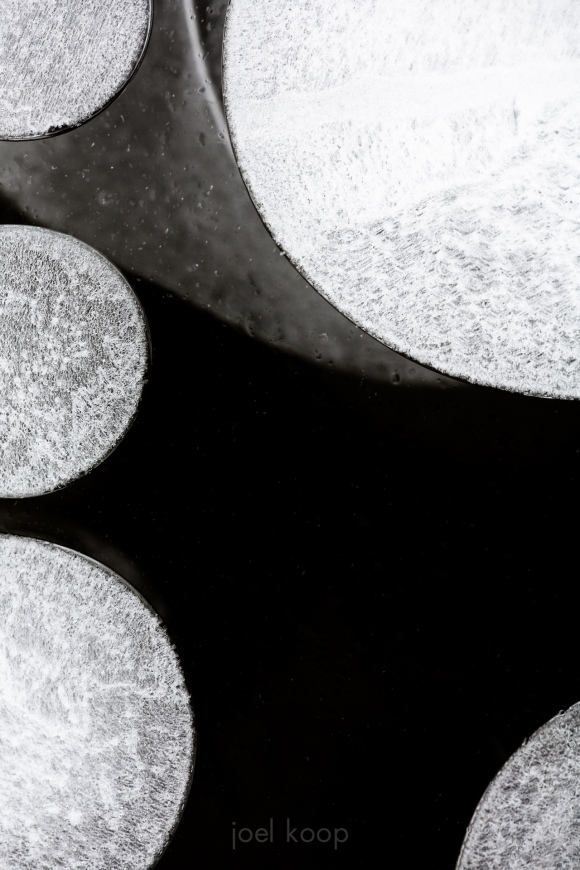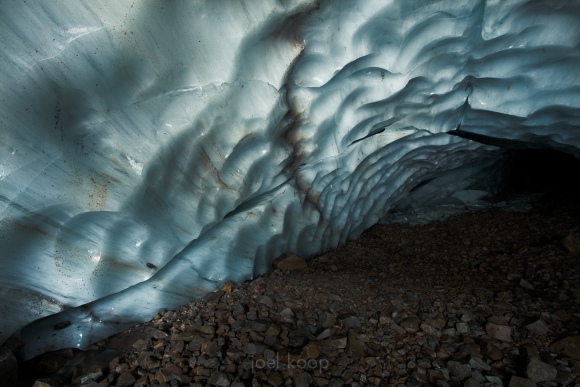These photos were taken at the same place, facing the same direction, within 1 minute of each other. The difference is part of what fascinates me about water. Small changes in the viewing angle completely change the photo. The top photo is almost purely reflected light, while the bottom is a mix of reflected (which bounces off the water) and refracted (which goes through the water) light. Add to that the constant variability of the wind creating different wave patterns, flowing water creating more stable ripples or even falls, and you have a subject that never gets old. I find flat water like this a little bit harder to find compositions in. Waves from wind are transient enough that you don’t know exactly what you’re going to capture — you have a general idea, but the specifics are up to chance. Flowing water is much easier to compose, and you often get more interesting lines. Often these lines and ripples are stable enough that you can see exactly what you’re going to get. But to get refraction in flowing water, it has to be flowing pretty gently — this works best with quite small amounts of water. Otherwise you get whitewater (full of air bubbles), which is great in a completely different way.
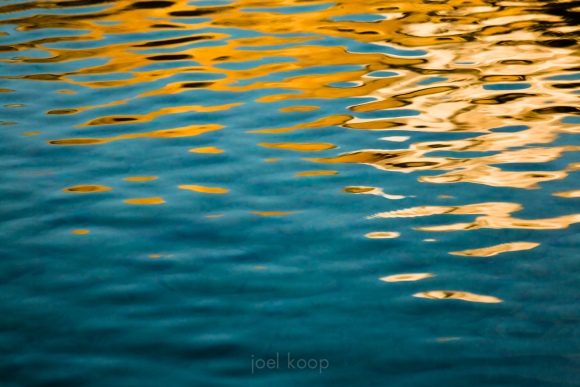
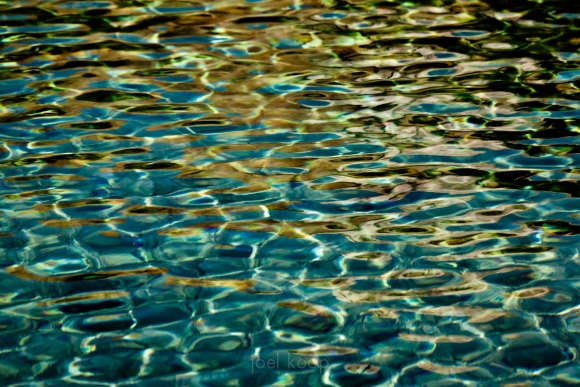
These photos don’t have leading lines to add depth or direct they eye (which generally I prefer), but they do illustrate some of the possibilities.
